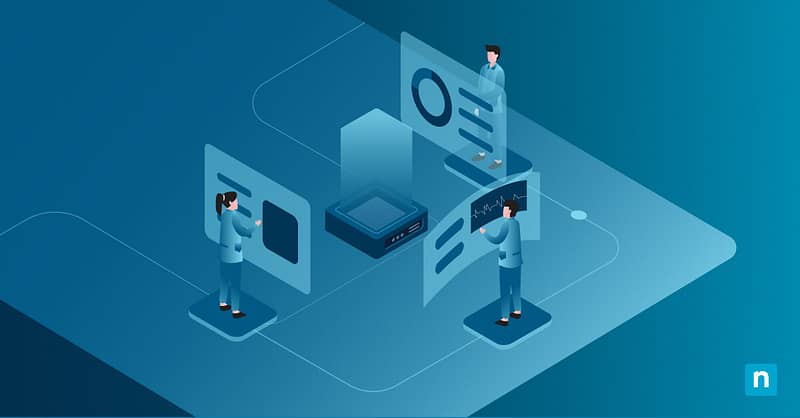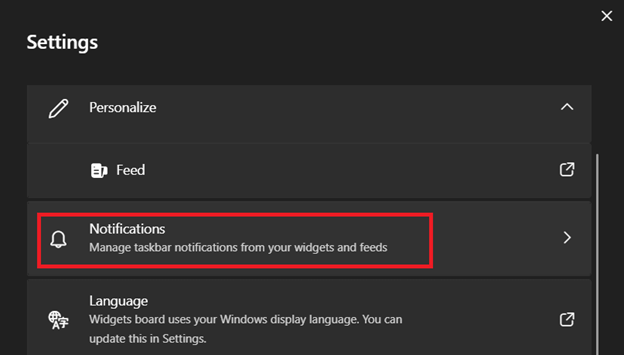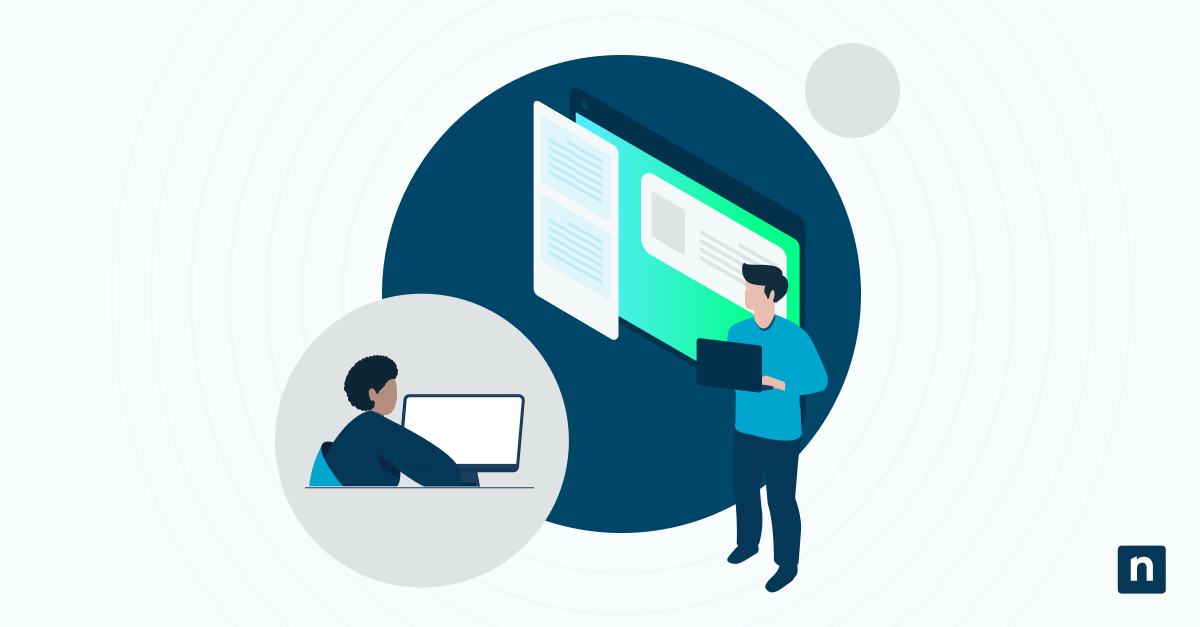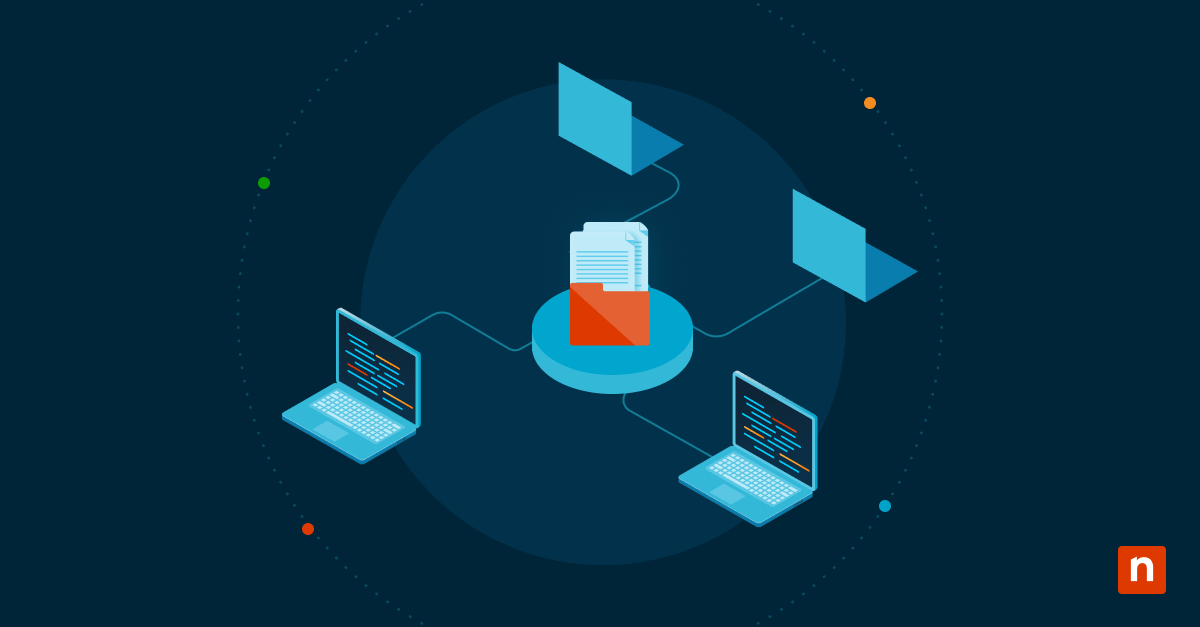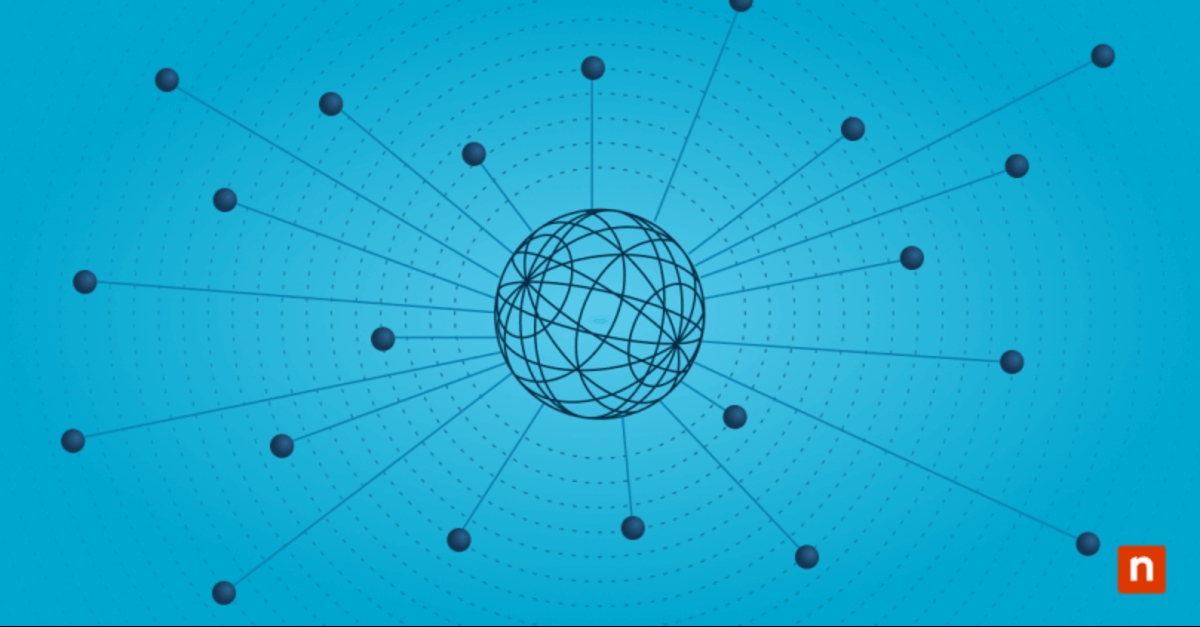Widgets are interactive Windows elements that display content like weather updates, news, calendar events, and more. One feature of Widgets is the announcement updates shown as notification banners on the taskbar icon, signaling new or relevant information. While this can be useful for some, others may find it distracting or unnecessary.
To help users manage this feature, this article will discuss how to enable or disable taskbar Widgets announcements for a more tailored desktop experience.
How to turn Widgets announcements off or on in Windows 11
Configuring Widgets announcements in Windows 11 can be very useful in environments where customizing UI behavior and minimizing distractions is crucial. To turn this feature on and off, one needs to access the Widgets panel. Here are simple and accessible steps for any user:
📌 Prerequisites:
- Windows 11 operating system with build 22000 or newer
- Standard user permission (no administrator rights needed)
📌 Use Cases:
- Preventing unwanted visual noise during presentations or screen recordings
- Maintaining focus in high-concentration work environments
- Enabling notifications for those who rely on real-time information feeds
💡 Tip: Check Things to look out for before proceeding.
- Open the Widgets panel by pressing Windows key + W or hovering over the Widgets icon on the taskbar.
- In the top-right corner, click the Settings (gear) button.

- In the pop-up Settings window, select Notifications.
- Find Show announcements on the taskbar and set the toggle beside it to:
- On = enable Widgets announcement updates
- Off = disable Widgets announcement updates
- Close the Widgets panel.
⚠️ Things to look out for
| Risks | Potential Consequences | Reversals |
| Missed important updates from the disabled announcement updates | Users may miss events, updates, or contextual information like calendar reminders or storm alerts. | Reopen the Widgets panel and toggle the setting on. |
| User confusion from uninformed changes |
|
|
| Inconsistent user experience across devices | Usability frustration in hot-desk setups or hybrid work environments | Train users to manually adjust the settings on the Windows 11 devices they use. |
Why turn Windows 11 Widgets announcements on or off
Different users will have different needs and environments that may prompt them to turn Windows taskbar Widgets announcements on or off. Here are a few reasons why:
Reasons to turn on Widgets announcements
- Timely information at a glance: Users can receive real-time updates about weather alerts, calendar events, breaking news, and more, without needing to open the Widgets panel.
- Improved awareness: Users can be informed of relevant changes or notifications with minimal effort, which is helpful for those who rely on up-to-date content.
- Enhanced productivity for contextual tasks: For analysts, social media teams, and other roles that benefit from news, sports, or financial updates, having quick cues on the taskbar can support better decision-making.
Reasons to turn off Widgets announcement
- Minimized distractions: This feature reduces visual clutter and interruptions for users focused on work or tasks that require high concentration while still retaining the functionality of Widgets.
- Cleaner user interface: Keeps the taskbar minimal and professional, especially in managed desktop environments or during presentations.
- Consistency across user accounts: Helps IT admins enforce a consistent UI experience, particularly in shared, public, or enterprise workstations.
- Battery and resource efficiency: Disabling unnecessary updates, particularly on mobile devices, may help improve battery life and performance.
Additional considerations when managing the visibility of Widgets announcement updates
When toggling this setting, it’s crucial to understand a few things to ensure users can achieve the right results and not get confused when the feature doesn’t behave as expected.
Per-user configuration
This setting applies individually to the currently logged-in user account. Changes made by one user will not affect the behavior of Widgets announcement updates on other accounts.
Widgets button appearance
The setting only controls the visual appearance of the Widgets button in the taskbar, specifically how it catches the user’s attention with a notification. It does not impact the contents or functionality of the Widgets themselves. Additionally, disabling announcement updates will not remove the Widgets button from the taskbar.
No registry support
There is currently no registry key or value that governs this specific notification setting. Therefore, it cannot be scripted, automated, or enforced via registry-based methods.
No native ADMX template
As of Windows 11 build 22000+, there is no native ADMX (Administrative Template) policy support for this setting. Therefore, Group Policy Object (GPO) configurations can’t be used to manage or enforce this feature across an enterprise environment.
No reboot required
The change is applied immediately and does not require a system reboot. However, if, in some cases, the update doesn’t reflect instantly, consider restarting File Explorer via the Task Manager or signing out and back into your user account. This ensures the taskbar UI refreshes properly to reflect the new setting without a complete system restart.
Configuring the Widgets announcement updates feature wisely
Users and administrators can toggle Widgets announcement updates on or off to balance staying informed and maintaining a distraction-free Windows environment. Although this feature has no centralized policy management, it is simple and accessible enough for every user to configure. Whether for cleaning up the interface or watching out for important updates, optimizing this functionality can help improve your work productivity.
Related topics:
- How to Enable or Disable Widgets Feature in Windows 11
- Manage the Terminal Icon in Windows Taskbar’s System Tray
- How to Enable or Disable Feeds on the Widgets Board in Windows 11
- KB5058502: Overview with user sentiment and feedback
- PowerShell Mastery: Automating ‘News and Interests’ Configuration in Windows

